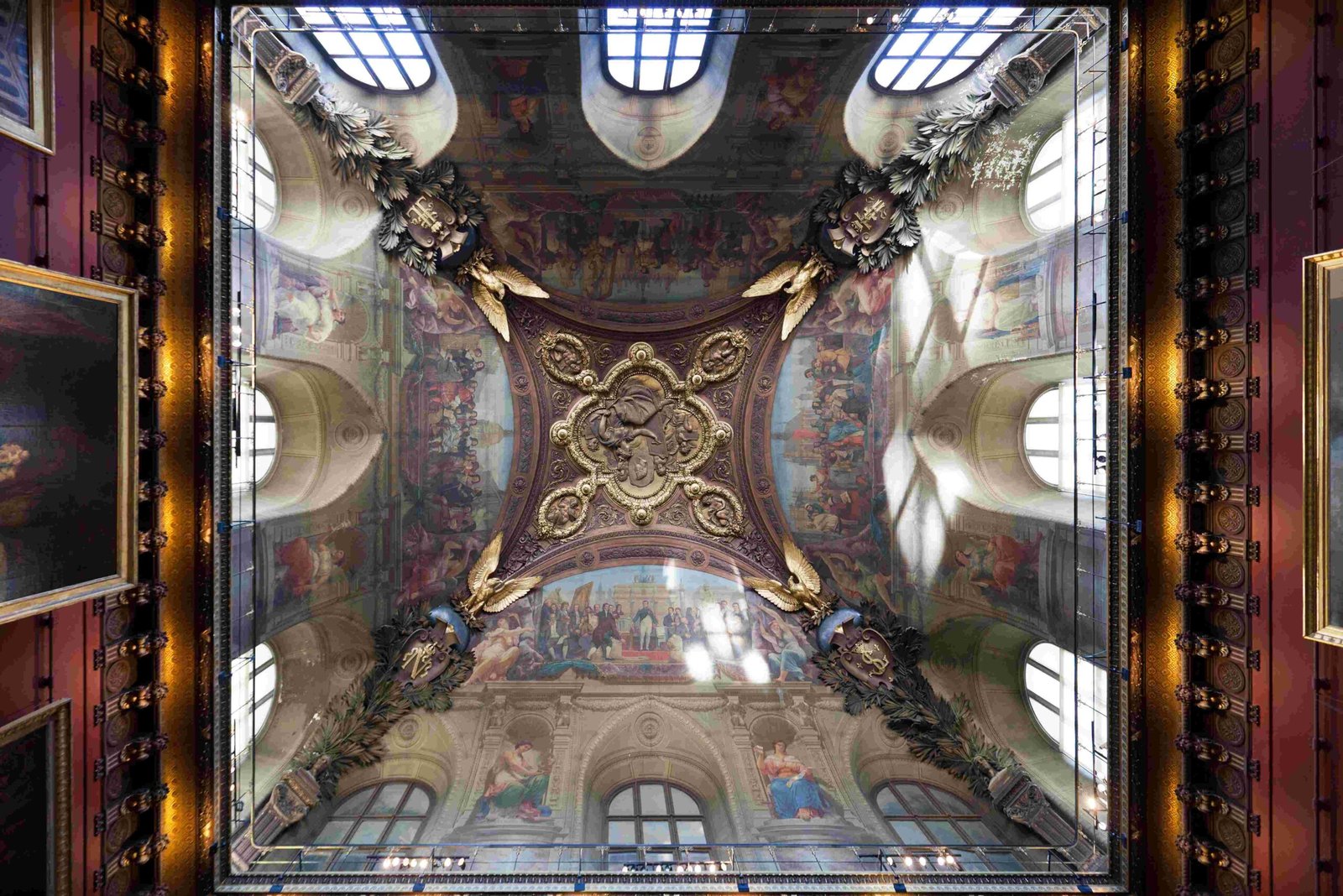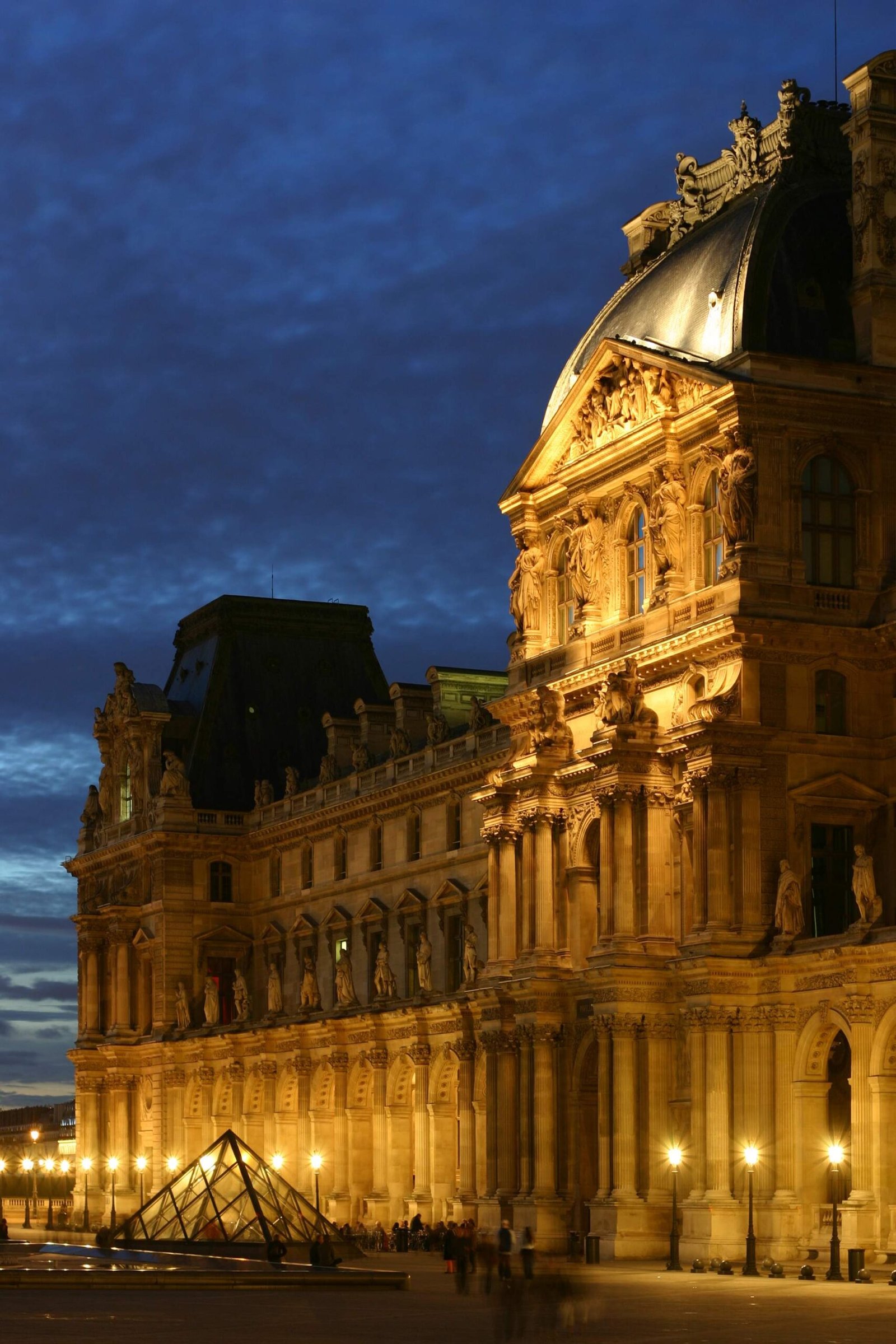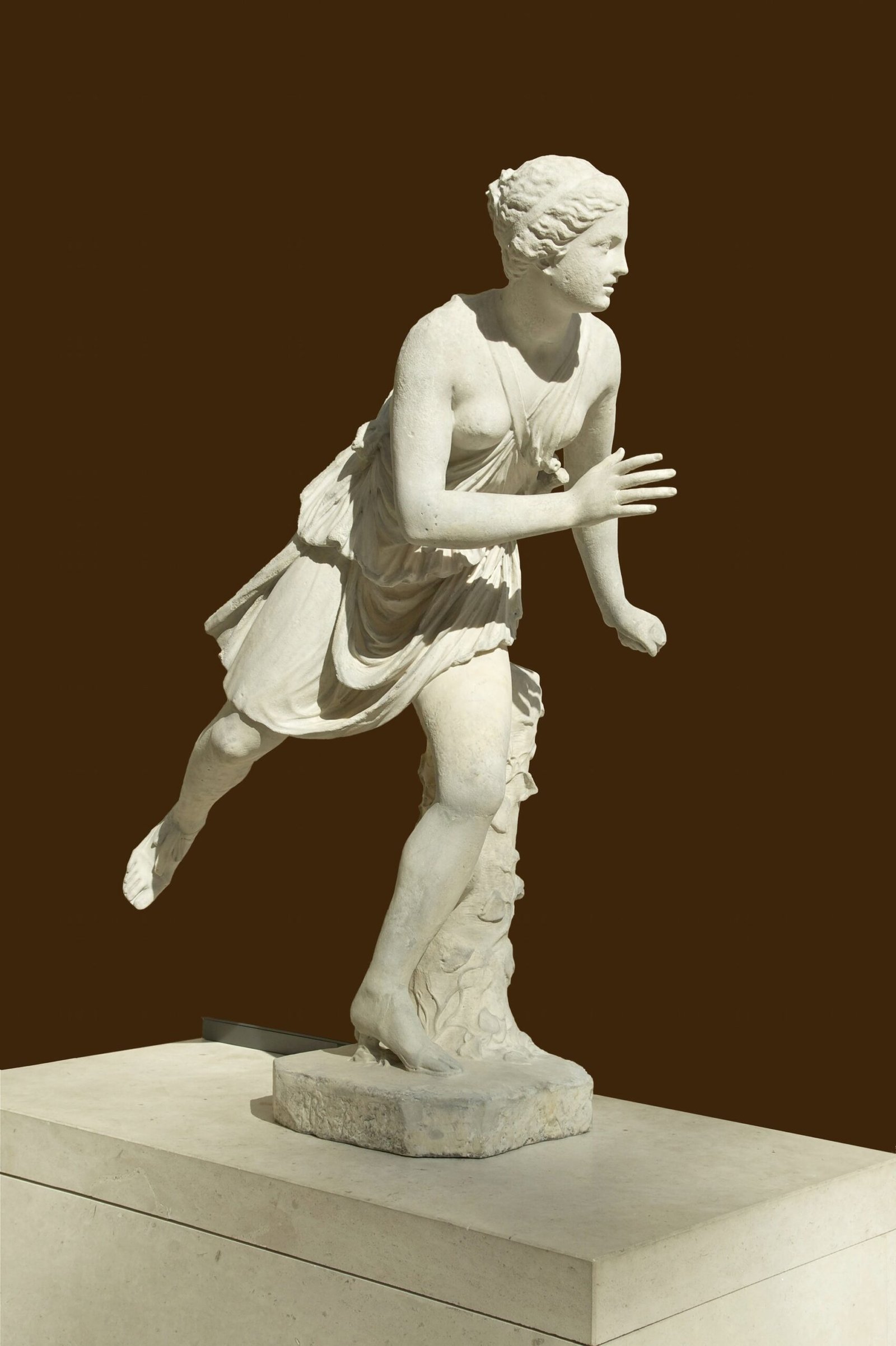The Louvre Museum, renowned for its vast collection of art and antiquities, houses an artifact of extraordinary age and significance. The Ain Ghazal Statue, dating back approximately 9,000 years to the Neolithic Pre-Ceramic period, stands as the oldest artifact in the Louvre’s impressive collection. This ancient masterpiece, discovered in Jordan in 1985, offers a rare glimpse into the artistic capabilities of our early ancestors and serves as a testament to the enduring nature of human creativity.
What Makes the Ain Ghazal Statue the Oldest Artifact in the Louvre?

The Ain Ghazal Statue’s claim to being the oldest artifact in the Louvre is rooted in its incredible age and historical context:
- Age: Approximately 9,000 years old
- Period: Neolithic Pre-Ceramic (7th millennium BC)
- Discovery: Unearthed in 1985 at the Ain Ghazal archaeological site in Jordan
- Material: Crafted from gypsum plaster with bitumen eyelids and pupils
This ancient figurine predates many of the world’s most famous civilizations, offering a unique window into the artistic expressions of early human societies. Its presence in the Louvre underscores the museum’s commitment to preserving and showcasing the breadth of human cultural heritage.
How Does the Ain Ghazal Statue Compare to Other Ancient Artifacts in the Louvre?

While the Ain Ghazal Statue holds the title of oldest artifact, the Louvre houses numerous other ancient treasures. Let’s compare it to some of the museum’s other famous ancient relics:
| Artifact | Age | Origin | Significance |
|---|---|---|---|
| Ain Ghazal Statue | ~9,000 years | Jordan | Oldest artifact, early large-scale human figurine |
| Venus de Milo | ~2,100 years | Greece | Iconic representation of classical beauty |
| Code of Hammurabi | ~3,800 years | Babylon | One of the earliest legal codes |
| Winged Victory of Samothrace | ~2,200 years | Greece | Masterpiece of Hellenistic sculpture |
Each of these artifacts represents a significant period in human history, but the Ain Ghazal Statue stands out for its sheer antiquity and the insights it provides into Neolithic artistry.
What Can We Learn from the Louvre Museum’s Oldest Artifact?
The Ain Ghazal Statue offers valuable insights into early human societies:
- Artistic Capabilities: The statue demonstrates sophisticated sculpting techniques in a period long before the rise of classical civilizations.
- Cultural Practices: It may represent early religious or spiritual beliefs, suggesting complex social structures in Neolithic communities.
- Technological Advancements: The use of gypsum plaster and bitumen indicates advanced material knowledge and craftsmanship.
- Human Expression: The statue’s human form reflects early attempts to capture and represent the human figure in art.
Where Can Visitors Find the Ain Ghazal Statue in the Louvre?
Locating the Louvre Museum’s oldest artifact requires some navigation:
- Location: Ground floor (Level 0), Room 303
- Department: Near Eastern Antiquities
- Accessibility: The room is wheelchair accessible via elevators
Visitors should note that the Louvre’s vast size can make finding specific artifacts challenging. It’s advisable to use museum maps or guided tours to ensure you don’t miss this ancient treasure.
What Are the Challenges in Preserving Such an Ancient Artifact?
Preserving the Ain Ghazal Statue presents unique challenges:
- Fragility: Its age and materials make it extremely delicate.
- Environmental Control: Strict temperature and humidity controls are necessary to prevent deterioration.
- Handling: Minimal handling is required to prevent damage.
- Display Considerations: Special lighting and protective cases are used to safeguard the artifact while on display.
The Louvre’s conservation team employs cutting-edge techniques to ensure the longevity of this priceless piece of human history.
How Does the Ain Ghazal Statue Contribute to Our Understanding of Neolithic Art?
The Ain Ghazal Statue is a crucial piece in the puzzle of Neolithic art:
- It represents one of the earliest examples of large-scale human figurines.
- The statue’s design and execution suggest a level of artistic sophistication previously unassociated with Neolithic cultures.
- Its presence indicates the importance of visual representation in early human societies.
- The statue provides evidence of cultural and artistic exchanges in the prehistoric Near East.
By studying this artifact, archaeologists and art historians continue to refine our understanding of human artistic development and cultural evolution.
What Special Events or Exhibitions Feature the Louvre Museum’s Oldest Artifact?
The Louvre occasionally organizes special events and exhibitions that highlight its oldest artifacts:
- Themed Tours: Guided tours focusing on the museum’s most ancient treasures.
- Lecture Series: Expert talks on Neolithic art and the significance of the Ain Ghazal Statue.
- Temporary Exhibitions: Special displays that contextualize the statue within broader themes of ancient art.
Visitors interested in seeing the Ain Ghazal Statue should check the Louvre’s official website for upcoming events and exhibitions that may feature this remarkable artifact.
How Can Visitors Best Experience the Louvre Museum’s Oldest Artifact?
To fully appreciate the Ain Ghazal Statue and other ancient relics at the Louvre:
- Plan Ahead: Research the artifact’s location and significance before your visit.
- Guided Tours: Consider joining a guided tour focusing on ancient art.
- Audio Guides: Utilize the museum’s audio guides for in-depth information.
- Timing: Visit early in the day or during off-peak hours to avoid crowds.
- Take Your Time: Allow ample time to observe and reflect on the artifact’s details and historical context.
By following these tips, visitors can ensure a meaningful encounter with one of humanity’s oldest artistic creations.
The Ain Ghazal Statue, as the Louvre Museum’s oldest artifact, offers an unparalleled connection to our distant past. Its presence in this world-renowned institution underscores the importance of preserving and studying our shared cultural heritage, providing invaluable insights into the artistic and cultural developments of our early ancestors.
References:
1. https://myprivateparis.com/ancient-treasures-at-the-louvre-museum/
2. https://www.exp1.com/blog/super-fun-facts-about-the-louvre-museum/
3. https://blog.pariscityvision.com/top-10-must-see-art-works-at-the-louvre-museum.html

